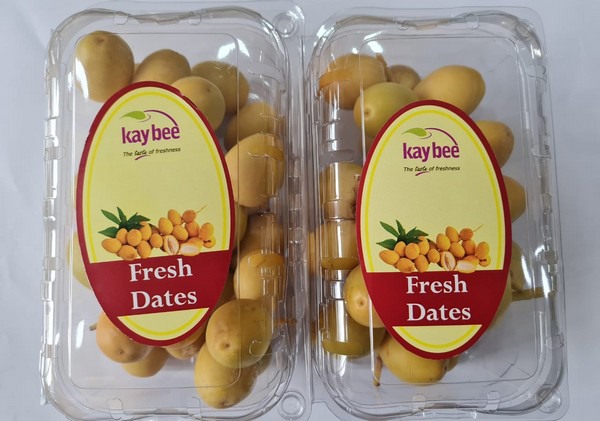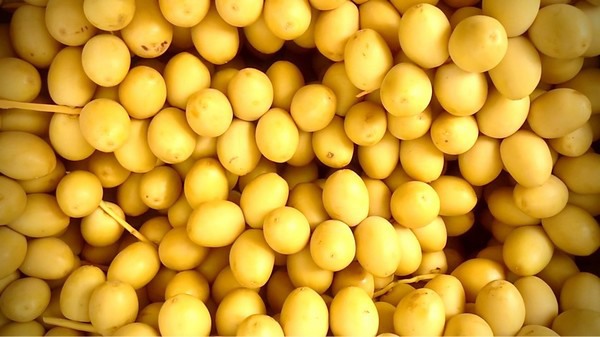The timing of the date season in India is a large advantage in the global market, Kaushal Khakhar, CEO of Indian fresh produce exporter Kay Bee Exports, states: “In India, the date season starts from mid-June and lasts until the end of July. During this particular timeframe, the other countries where dates are usually sourced from are not in season; making the Indian dates in high demand. The dominating variety grown in India is the Barhi date, which is a yellow date, but a red variety is also available, though it is less common. India being the only one to provide dates in June and July and growing one of the most sought for and appreciated varieties; the global demand is fairly high.”

India and other date producing countries basically grow the same varieties, but the dates from India do taste slightly different, Khakar explains. “Although the varieties grown in the Middle East and India are the same, the growing environment, soil and agro-climatic conditions are different from the one of the Middle East. Consequently, a minor taste difference can be identified between the dates grown in India and those from the Middle East. The demand for dates of Indian origin for export as well as for the domestic market has increased. This can be explained by the fact that dates are an easy fruit to consume and ideal for snacking.”
Kay Bee Exports is ready to enter new markets with its dates, and hopes to enter the Dutch market this year as well, Khakhar says: “Historically, our biggest markets remain the United Kingdom, Indonesia and Malaysia where Indian dates are well established. Our dates are pesticide residue free and follow all international standards of food safety and quality; to do so they are packed in a BRC certified packhouse. We follow two different packing size: either loose in a 4kg box or shelf-ready (pre-packed & labelled) in a 500gm punnet. Both formats are equally in demand in these markets. This year onwards we are seeing interest from new markets such as Canada and other parts of Europe, such as the Netherlands, with which we are hopeful to start shipping this season.”

Next to export, the domestic market in India for dates is huge according to Khakar. “With a population of 1.4 billion inhabitants, the domestic consumption for dates in India is automatically high and reached 64.2 thousand tons in 2021. Nowadays, only a small percentage of the 200,000 tons of dates grown in India is exported. This year’s objectives are to strengthen our regular markets, while also targeting new markets where Indian dates can strategically bridge the gap between two other origins and diversify our range of customers.”
Since the air freight costs have returned to normal levels once again, Khakhar is confident they’ll have an advantage in the market this date season: “India has a strong advantage this year since its air freight rates have normalised to almost pre-pandemic levels and the belly capacity and number of flights to most countries has drastically increased. Moreover, Kay Bee Exports being IATA certified and thus being its own freight-forwarder, we can obtain even more economical rates and can more easily secure cargo space with the airlines,” he concludes.
For more information:
Kay Bee Exports
Tel: +91 88 79 000 973
Email: Export@kaybeeexports.com
www.kaybeeexports.com
